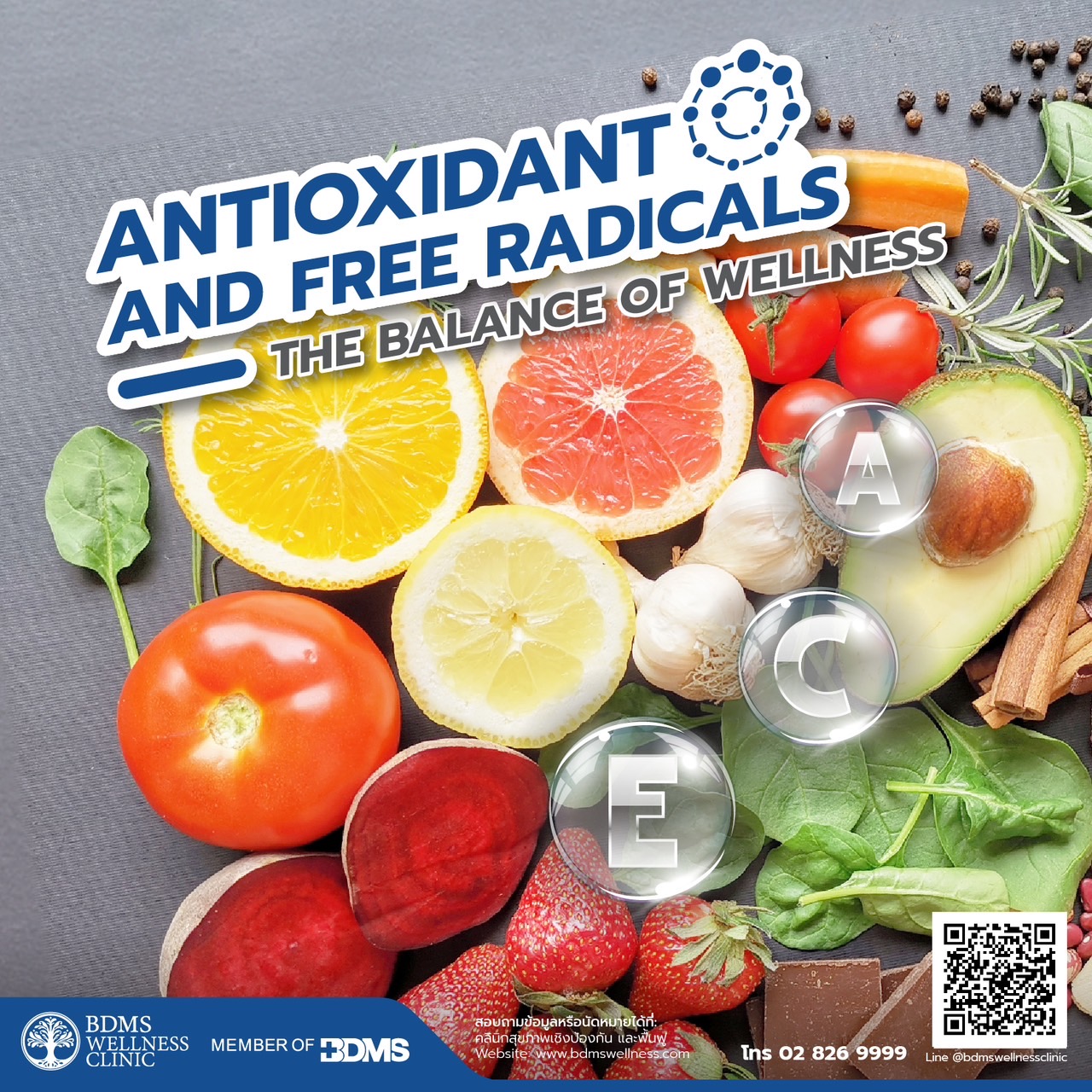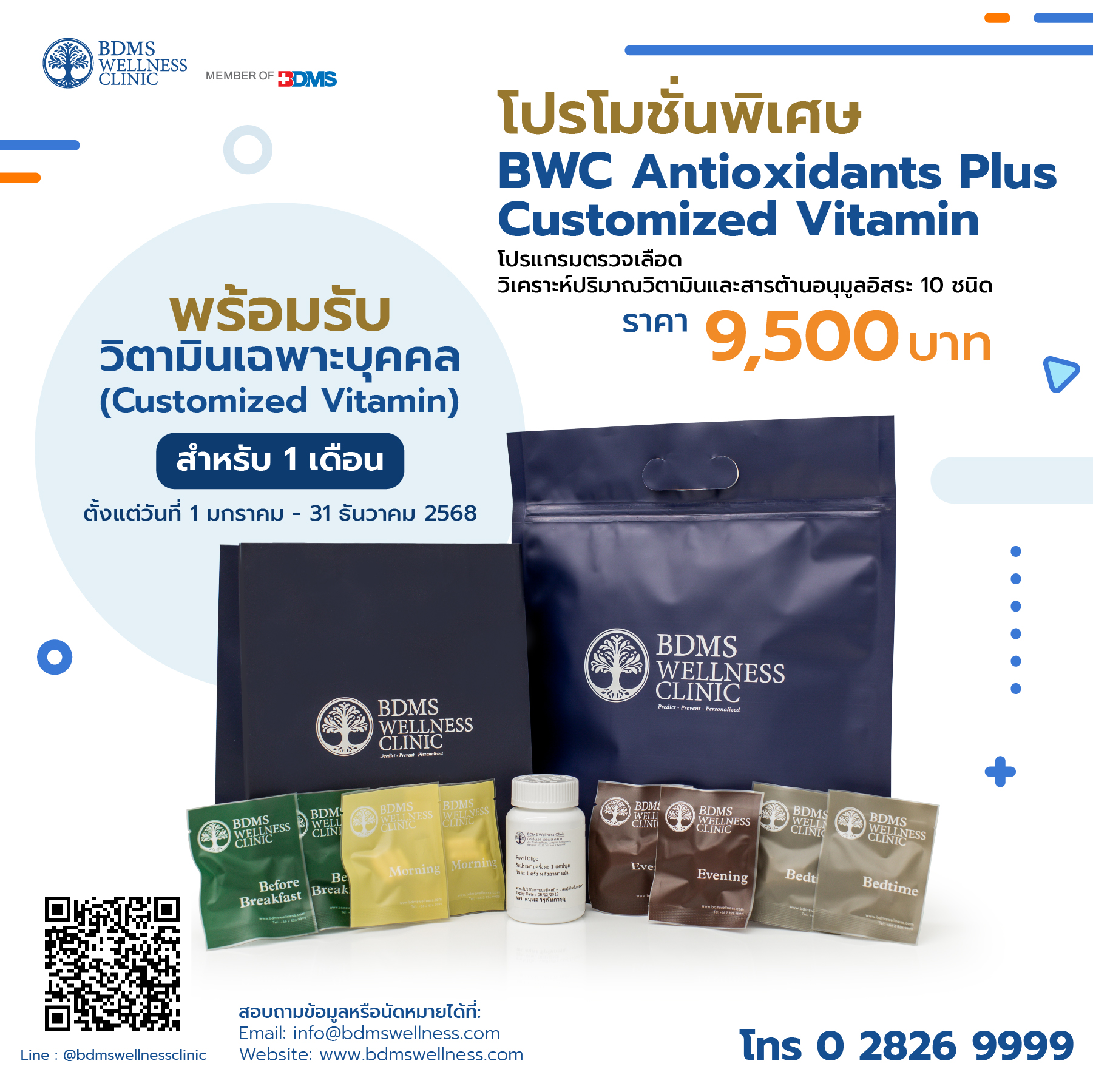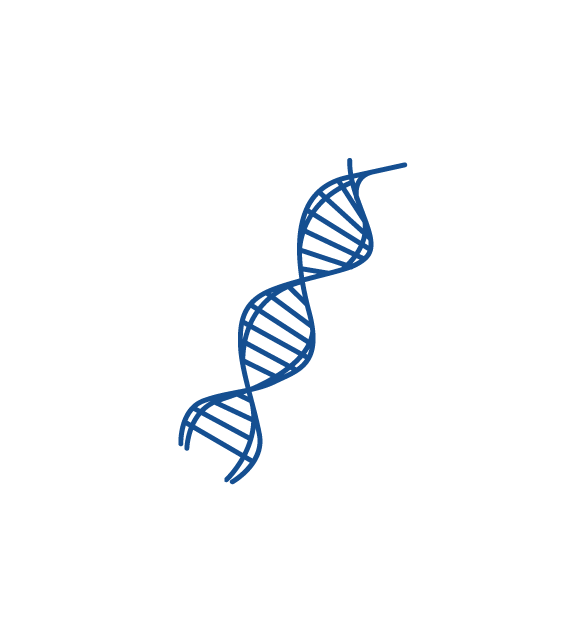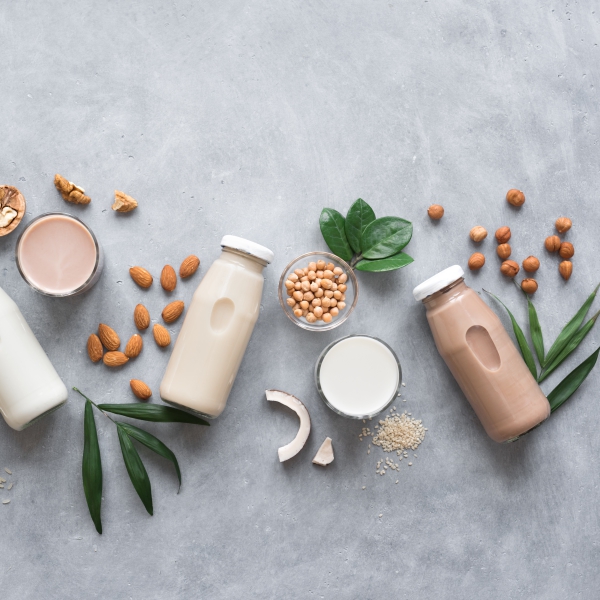Antioxidant and Free Radicals: The Balance of Wellness
Free radicals are waste product derived from human’s metabolism. They cause harm and deterioration to human cells. They also occur as a product of exposure to pollution, cigarette fumes, PM2.5 haze, and even UV radiation. In order to protect its cells, the human body relies on antioxidants to help expel free radicals. Should the level of free radicals accumulate too high, it could cause an imbalance to one’s wellness, or oxidative stress that may lead to other non-communicable diseases, such as diabetes, cancer, heart disease, stroke, and so on.

Having an antioxidant-rich diet is vital to prevent or lowering oxidative stress. Here are the 3 important antioxidant vitamins to consider:
1. Vitamin A
This is inclusive of any vitamin A precursors which are categorized into 2 groups. Carotenoids, such as beta-carotene, alpha- carotene, beta-cryptoxanthin. Retinoids, such as retinol esters, retinal, and retinoic acid.
Vitamin A and its precursors have the ability to capture free radicals, in a process called peroxyl radical scavenging, and prevent the production of free radicals from lipid peroxidation. Carotenoids with at least 11 conjugated double bonds are found to be 5 times more effective than retinoids in antioxidation.
Vitamin A-rich food includes
Animal meat, eggs, milk, and dairy products.
Carotenoid-rich food includes
Yellow or orange vegetables and fruits, such as carrots, pumpkin, and papaya.
2. Vitamin C (Ascorbic Acid)
is able to prevent free radicals production due to their ability to supply electrons to metabolized products that could turn into free radicals.
The United States’ Food and Nutrition Board (FNB) discovers that cigarette smokers’ blood is usually lower in vitamin C level than that of non-smokers’. This is directly correlated to the oxidative stress caused by smoking. A smoker would need additional 35 milligrams of vitamin C per day than a non-smoker. According to the U.S. Department of Health and Human Services, the daily requirement of vitamin C is normally 60 milligrams for general population. A cigarette smoker would require at least 95 milligrams per day. This is directly in line with a study done by Schectman et al that suggests a need for higher vitamin C intake in smokers. The study was conducted by measuring vitamin C level in a number of smokers’ blood. It was found that only smokers with over 200 milligrams vitamin C intake per day are able to maintain an equal blood level of vitamin C of a non-smoker. Additionally, non-smokers who are exposed to secondhand smoke may also need higher vitamin C intake.
Vitamin C-rich food includes
Vegetables and fruits, such as bell peppers, Chinese kales, broccoli, cauliflowers, snap peas, tomatoes, potatoes, as well as Thai local greens like Siamese Neem Shoots (Sadao), Jute Leaves (Bai Pol) and Star Gooseberry Leave (Pak Wan).
3. Vitamin E (Tocopherol)
is categorized into 4 groups, including Alpha, Beta, Gamma, and Delta. The difference among each group is the positioning of their methyl groups. Vitamin E has an anti-inflammatory effect due to its ability to suppress inflammatory substances like Prostaglandin E2 (PGE2) and Leukotriene B4 (LTB4) found in the cell membrane and white blood cells.
Many studies show that vitamin E plays a part in reducing the risk of atherosclerosis, which is related to the prevention of turning LDL cholesterol into lipid peroxidation process. Lipid peroxidation is a process where lipid is reacted with oxygen and causes a chain production of free radicals to the point where the LDL cholesterol molecules’ shape is changed and becomes a toxic oxidized LDL. The body detects the oxidized LDL as an intrusion, and so, calls on white blood cells to attack it. The remains of spent white blood cells will accumulate into foam cells which thicken blood vessels’ walls. This, in turn, became an alarming cause of atherosclerosis. Therefore, vitamin E’s ability to prevent free radicals and lower the chances of oxidizing LDL also helps lowering the risk of atherosclerosis.
Vitamin E-rich food includes
Nuts and cereals, such as peanuts and sunflower seeds, as well as the vegetable oil, like rice bran oil.
Although consuming an antioxidant-rich supplement helps lowering oxidative stress, how much of what choices of such supplements one consumes is equally vital. Too much antioxidant can, in fact, become a pro-oxidant catalyst. For example, a dose of 30-100 milligrams of vitamin C per 1 kilogram of body weight is antioxidizing, whereas 1,000 milligrams per 1 kilogram of body weight may give a pro-oxidant effect. Whether that is the case is dependent on many health factors of each person.
Taking vitamin supplements for an antioxidation benefit, therefore, should be under physician’s care in order to provide each patient a safe and suitable dosage to their condition.
Reference
- Sotler R, Poljšak B, Dahmane R, Jukić T, Pavan Jukić D, Rotim C, Trebše P, Starc A. Prooxidant activities of antioxidants and their impact on health. Acta Clinica Croatica. 2019 Dec 1;58(4.):726-36.
- Didier AJ, Stiene J, Fang L, Watkins D, Dworkin LD, Creeden JF. Antioxidant and Anti-Tumor Effects of Dietary Vitamins A, C, and E. Antioxidants. 2023 Mar 3;12(3):632.
- Zujko ME, Witkowska AM. Dietary antioxidants and chronic diseases. Antioxidants. 2023 Feb 2;12(2):362.
- Ziegler M, Wallert M, Lorkowski S, Peter K. Cardiovascular and metabolic protection by vitamin E: a matter of treatment strategy?. Antioxidants. 2020 Sep 29;9(10):935.
- Schectman G, Byrd JC, Hoffmann R. Ascorbic acid requirements for smokers: analysis of a population survey. The American journal of clinical nutr1. National Institutes of Health (NIH) Office of Dietary Supplements (ODS). Office of dietary supplements - vitamin C [Internet]. U.S. Department of Health and Human Services; [cited 2024 Feb 12]. Available from: https://ods.od.nih.gov/factsheets/VitaminC-HealthProfessional/ ition. 1991 Jun 1;53(6):1466-70.
- National Institutes of Health (NIH) Office of Dietary Supplements (ODS). Office of dietary supplements - vitamin C [Internet]. U.S. Department of Health and Human Services; [cited 2024 Feb 12]. Available from: https://ods.od.nih.gov/factsheets/VitaminC-HealthProfessional/
- Schectman G, Byrd JC, Hoffmann R. Ascorbic acid requirements for smokers: analysis of a population survey. The American journal of clinical nutrition. 1991 Jun 1;53(6):1466-70.
- Meydani M. Vitamin E and atherosclerosis: beyond prevention of LDL oxidation. The Journal of nutrition. 2001 Feb 1;131(2):366S-8S.
- Esterbauer H, Wäg G, Puhl H. Lipid peroxidation and its role in atherosclerosis. British medical bulletin. 1993 Jan 1;49(3):566-76.
Recommended Packages & Promotions

 คลินิกสุขภาพเชิงป้องกัน และฟื้นฟู
คลินิกสุขภาพเชิงป้องกัน และฟื้นฟู
ตรวจวิเคราะห์ปริมาณวิตามินและสารต้านอนุมูลอิสระ 10 ชนิด พร้อมรับ วิตามินเฉพาะบุคคล 1 เดือ...



.jpg)

